

Articles
How To Hang Hammock From The Ceiling
Modified: August 28, 2024
Learn how to hang a chair from the ceiling with our informative articles. Find step-by-step guides and tips for safely installing your chair suspension.
(Many of the links in this article redirect to a specific reviewed product. Your purchase of these products through affiliate links helps to generate commission for Storables.com, at no extra cost. Learn more)
Introduction
Are you looking to add a unique and stylish seating option to your home? Hanging chairs are a popular choice as they provide a cozy and relaxing spot to sit while adding a touch of whimsy to any room. Whether you want to create a cozy reading nook, a spot to unwind, or a fun swing for the kids, hanging a chair from the ceiling can be a great solution.
Hanging a chair from the ceiling may seem like a daunting task, but with the right tools and a little know-how, it can be a straightforward and rewarding DIY project. In this article, we will guide you through the steps to hang a chair from the ceiling, ensuring both stability and safety.
Before we dive into the steps, it’s important to note that the process may vary depending on the type of chair you have and the materials you are working with. It’s always a good idea to consult any manufacturer’s guidelines or instructions that may be provided with your chair.
Key Takeaways:
- Create a cozy retreat by hanging a chair from the ceiling. Prioritize safety, locate a stud, and follow manufacturer’s instructions for a stylish and secure DIY project.
- Transform your space with a unique hanging chair. Ensure stability, test for safety, and enjoy a cozy and stylish seating option in your home.
Read more: How To Hang Aerial Hammock From Ceiling
Step 1: Choose the Right Location
The first step in hanging a chair from the ceiling is to determine the ideal location for it. Consider the purpose of the chair and the layout of the room. You’ll want to choose a spot that allows for comfortable seating and does not obstruct any major walkways or doorways.
When selecting a location, also take into account the weight capacity of the ceiling. Different types of ceilings have different weight-bearing capabilities, so it’s important to ensure that the ceiling can support the weight of the chair and the person sitting in it. If you’re unsure about the weight capacity of your ceiling, it may be best to consult a professional before proceeding.
Additionally, consider the availability of a stud or a solid support structure in the ceiling. Attaching the chair to a stud will provide added stability and security. Using a stud finder, locate a stud in the desired location. If there are no studs in the area you’ve chosen, you may need to use ceiling anchors for added support.
It’s also important to consider the height at which you want the chair to hang. Take into account the length of the chair and the desired clearance from the floor. You’ll want to ensure that the chair hangs at a comfortable height that allows for easy access and movement.
Once you have selected the perfect location, mark it with a pencil or tape for reference in the following steps.
Step 2: Gather the Necessary Tools and Materials
Before you begin installing the chair, it’s important to gather all the tools and materials you’ll need for the job. This will ensure a smooth and efficient installation process. Here’s a list of the essential items you’ll need:
- Stud finder: To locate a stud in the ceiling for added stability.
- Measuring tape: To measure the height and clearance for hanging.
- Pencil or tape: To mark the desired location for the chair.
- Eye hook or ceiling anchor: Depending on the type of ceiling and the availability of studs.
- Drill: To create pilot holes and install the eye hook or ceiling anchor.
- Screwdriver or wrench: To tighten and secure the eye hook or ceiling anchor.
- Hanging hardware: This may include chains, ropes, or carabiners, depending on the design of the chair.
- Chair or swing: Choose a chair that is suitable for hanging and matches your desired style.
Make sure you have all these tools and materials readily available before you start the installation process. This will save you time and frustration during the project.
It’s also a good idea to read the manufacturer’s instructions that come with the chair or swing, as they may provide specific recommendations for the installation process. Following these instructions will ensure proper installation and safety.
Step 3: Locate a Stud in the Ceiling
Locating a stud in the ceiling is crucial for ensuring the stability and security of the hanging chair. Attaching the chair to a stud provides a solid support structure and reduces the risk of the hardware coming loose or the ceiling getting damaged. Here’s how you can locate a stud in the ceiling:
- Start by using a stud finder, which is a handheld electronic device that detects the presence of studs behind the ceiling surface. Follow the instructions provided with the stud finder to calibrate it and prepare it for use.
- Hold the stud finder against the ceiling and move it slowly and steadily in a horizontal direction. The stud finder will beep or indicate when it detects a stud.
- Make a note of the stud location by marking it with a pencil or tape. This will serve as a reference point for the next steps.
- If the stud finder does not detect a stud in the desired location, try moving it slightly to the left or right and repeat the scanning process. Studs are usually spaced around 16 to 24 inches apart, but this can vary.
- If you are unable to locate a stud in the desired location, you may need to use ceiling anchors instead. These anchors provide additional support by distributing the weight across a larger area of the ceiling.
Remember, it’s important to attach the chair to a stud or use appropriate ceiling anchors to ensure the chair’s stability and safety. Failing to do so may result in the chair coming loose or the ceiling getting damaged, which can pose a risk to anyone using the chair.
Once you have located a stud or determined the need for ceiling anchors, you can move on to the next step of the installation process.
Step 4: Install an Eye Hook or Ceiling Anchor
After locating a stud or determining the need for ceiling anchors, it’s time to install the necessary hardware to hang the chair from the ceiling. This step will vary depending on the type of ceiling and the specific instructions provided by the manufacturer of the chair. Here’s a general guideline on how to install an eye hook or ceiling anchor:
- Using a drill and the appropriate drill bit, create a pilot hole in the marked stud or ceiling area. The size of the pilot hole should be slightly smaller than the diameter of the eye hook or the ceiling anchor.
- Insert the threaded end of the eye hook or ceiling anchor into the pilot hole. Use a screwdriver or wrench to tighten it securely. Ensure that it is firmly attached to the ceiling, and there is no wobbling or movement.
- If you are using ceiling anchors, follow the specific instructions provided by the manufacturer to install them correctly. This may involve inserting the anchor into the ceiling and expanding it using a hammer or a tool provided with the anchor.
- Once the eye hook or ceiling anchor is securely installed, give it a gentle tug to check for stability. If it feels loose or moves, you may need to reposition it or consider an alternative method of installation.
It is crucial to ensure that the eye hook or ceiling anchor is securely attached to the ceiling. This will provide a strong and stable base for hanging the chair and ensure the safety of anyone who uses it. If you have any doubts about the installation process or the stability of the hardware, it’s recommended to consult a professional or seek expert advice.
With the eye hook or ceiling anchor in place, you’re ready to move on to the next step: attaching the hanging hardware to the chair.
When hanging a chair from the ceiling, be sure to use a strong and secure anchor point, such as a ceiling joist or beam. Use heavy-duty hardware and test the chair’s stability before use.
Read more: How To Hang A Hammock Chair From A Pergola
Step 5: Attach the Hanging Hardware to the Chair
With the eye hook or ceiling anchor securely installed, it’s time to attach the hanging hardware to the chair. The specific method will depend on the design and structure of the chair or swing you are using. Here are some general guidelines to follow:
- Start by examining the chair or swing to determine the best points to attach the hanging hardware. Look for strong and sturdy areas, such as the frame or support bars.
- Using the appropriate hardware, such as carabiners, s-hooks, or chains, attach them to the designated points on the chair. Ensure that the attachments are secure and can withstand the weight of the chair and the person sitting in it.
- Double-check the attachments to ensure that they are properly fastened and tightened. Give them a gentle tug to confirm their stability.
- Depending on the design of the chair, you may need to adjust the length of the hanging hardware to achieve the desired height and clearance.
- It’s a good idea to refer to the manufacturer’s instructions, if available, for any specific recommendations or requirements for attaching the hanging hardware to the chair or swing.
The key here is to ensure that the hanging hardware is securely attached to the chair and can support the weight and movement without risk of slipping or coming loose. This will provide a stable and safe seating experience for anyone using the chair.
Once the hanging hardware is properly attached to the chair, you’re ready for the final step: hanging the chair from the ceiling.
Step 6: Hang the Chair from the Ceiling
Now that the hanging hardware is securely attached to the chair, it’s time to hang the chair from the ceiling. Follow these steps to ensure a safe and successful installation:
- Position yourself underneath the eye hook or ceiling anchor. Slowly and carefully lift the chair and align the hanging hardware with the eye hook or ceiling anchor.
- Gently lower the chair onto the eye hook or ceiling anchor, ensuring that all attachments are securely in place.
- Give the chair a gentle shake or tug to test its stability. It should hang securely without any wobbling or movement.
- Stand back and assess the chair’s position and height. Make any necessary adjustments to achieve the desired clearance and overall aesthetic.
- Ensure that there is enough space around the chair for comfortable seating and movement.
Throughout the process, it’s important to prioritize safety. Double-check that all attachments and hardware are secure and properly fastened. If the chair feels unstable or shows any signs of weakness, stop and reassess the installation. It’s better to take the time to make necessary adjustments for stability and safety.
Remember, every chair and ceiling setup is unique, so make sure to refer to the manufacturer’s instructions and guidelines for any specific recommendations or considerations during the hanging process.
Congratulations! You have successfully hung the chair from the ceiling. However, your job isn’t quite done yet. The next and final step is to test the chair for stability and safety before enjoying its comfort and charm.
Step 7: Test the Chair for Stability and Safety
After hanging the chair from the ceiling, it’s crucial to test its stability and safety before using it. This step ensures that the chair is secure and can support the weight of anyone sitting in it. Follow these guidelines to conduct a proper stability and safety test:
- Carefully sit in the chair, ensuring that you distribute your weight evenly.
- Gently swing or move the chair in different directions, simulating typical movements that might occur during use.
- Pay attention to any signs of instability, such as excessive swinging, creaking sounds, or hardware movement.
- If you notice any issues or concerns during the test, stop using the chair immediately and address the problem. This may involve reinforcing the attachments, adjusting the hanging height, or seeking professional assistance.
- If the chair feels stable and secure without any signs of instability, you can proceed to enjoy your new hanging chair.
Remember to periodically check the chair’s stability and safety, especially if it is frequently used or if any adjustments have been made. Regular maintenance and inspection will help ensure the long-term safety and durability of the chair.
It’s important to note that the weight capacity of the chair must not be exceeded. The manufacturer should provide specific weight guidelines and recommendations, so make sure to adhere to them to prevent any accidents or damage.
By testing the chair for stability and safety, you can have peace of mind knowing that it is secure and ready to be enjoyed. Now, sit back, relax, and embrace the coziness and unique charm of your newly hung chair!
Conclusion
Hanging a chair from the ceiling can transform any space into a cozy and stylish retreat. With the right tools, materials, and knowledge, you can successfully undertake this DIY project and create a unique seating option in your home. By following the steps outlined in this article, you can ensure the stability and safety of the hanging chair.
Start by selecting the right location for the chair, taking into consideration the weight capacity of the ceiling and the availability of studs. Gather all the necessary tools and materials before proceeding, and consult any manufacturer’s instructions that may be provided with the chair. Locating a stud in the ceiling is crucial for added stability, and if necessary, install an eye hook or ceiling anchor securely.
Attach the hanging hardware to the chair, making sure to follow the specific recommendations of the manufacturer and ensuring that all attachments are properly fastened. Hang the chair from the ceiling, checking for stability and making any necessary adjustments for height and clearance. Finally, test the chair for stability and safety before enjoying its comfort and charm.
Throughout the process, prioritize safety and consult professionals or experts if necessary. Regularly inspect the chair for any signs of wear or instability, and make any needed adjustments or repairs promptly.
By following these steps, you can successfully hang a chair from the ceiling and create a relaxing and eye-catching addition to your home. So go ahead, find the perfect chair, gather your tools, and start creating your own hanging oasis!
Frequently Asked Questions about How To Hang Hammock From The Ceiling
Was this page helpful?
At Storables.com, we guarantee accurate and reliable information. Our content, validated by Expert Board Contributors, is crafted following stringent Editorial Policies. We're committed to providing you with well-researched, expert-backed insights for all your informational needs.

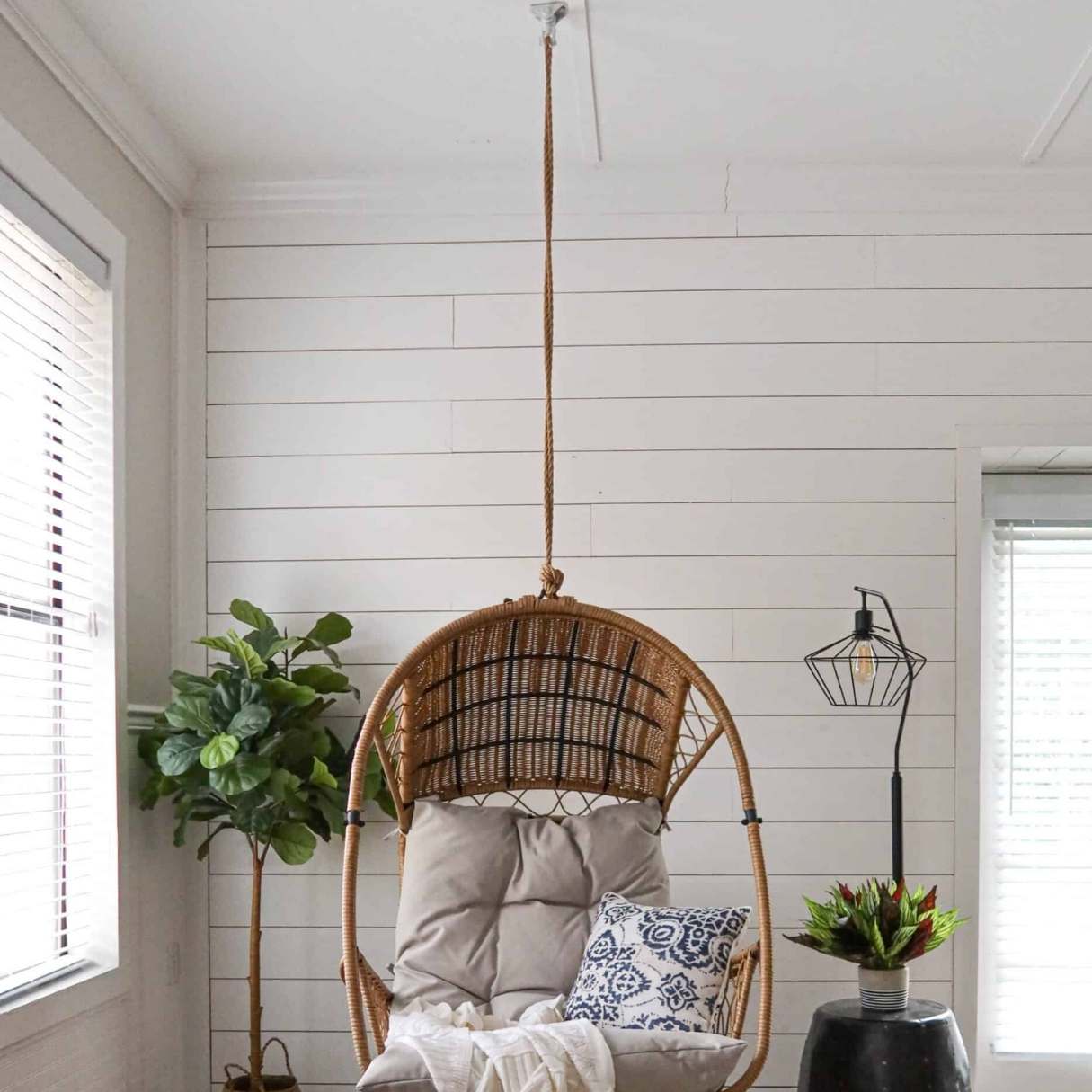


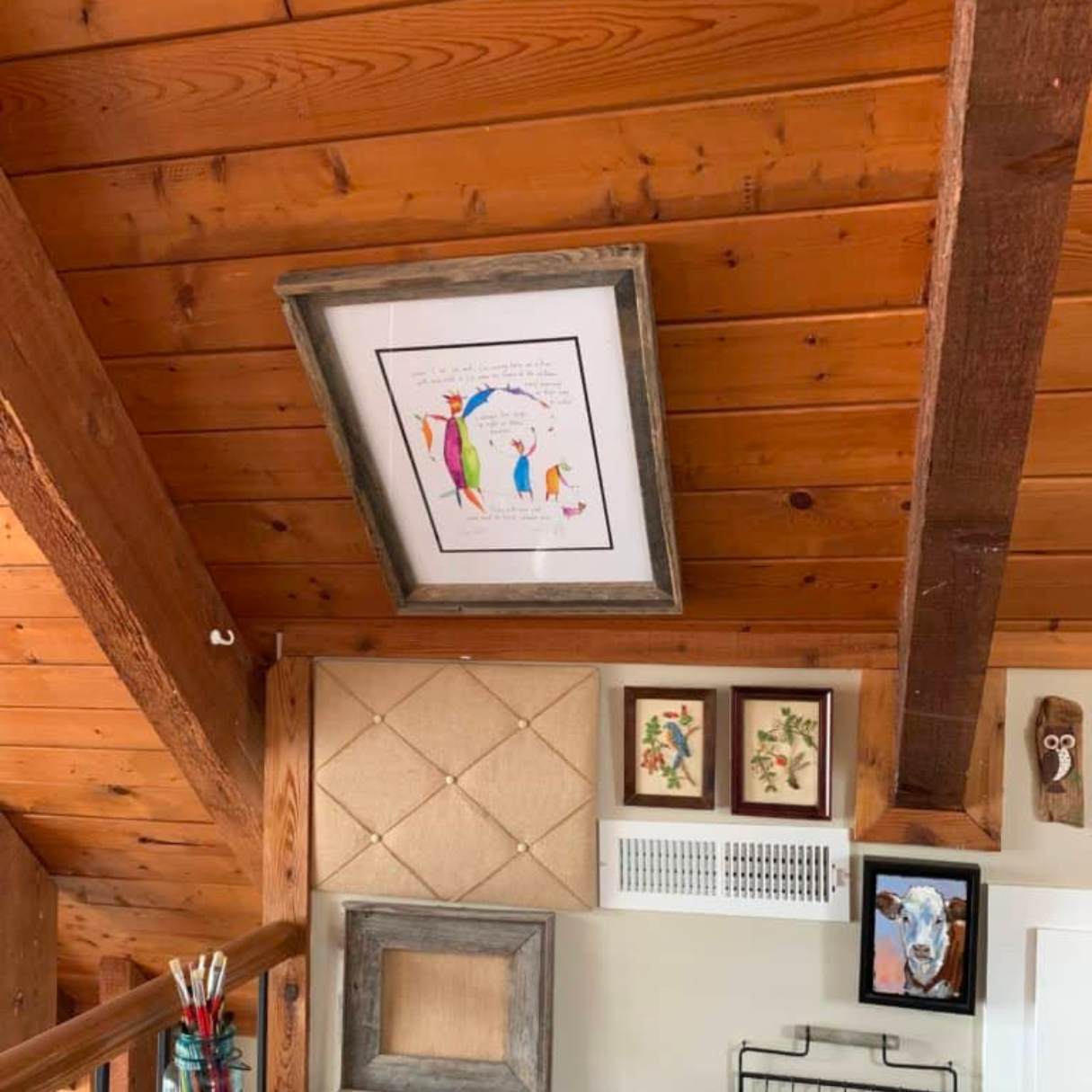
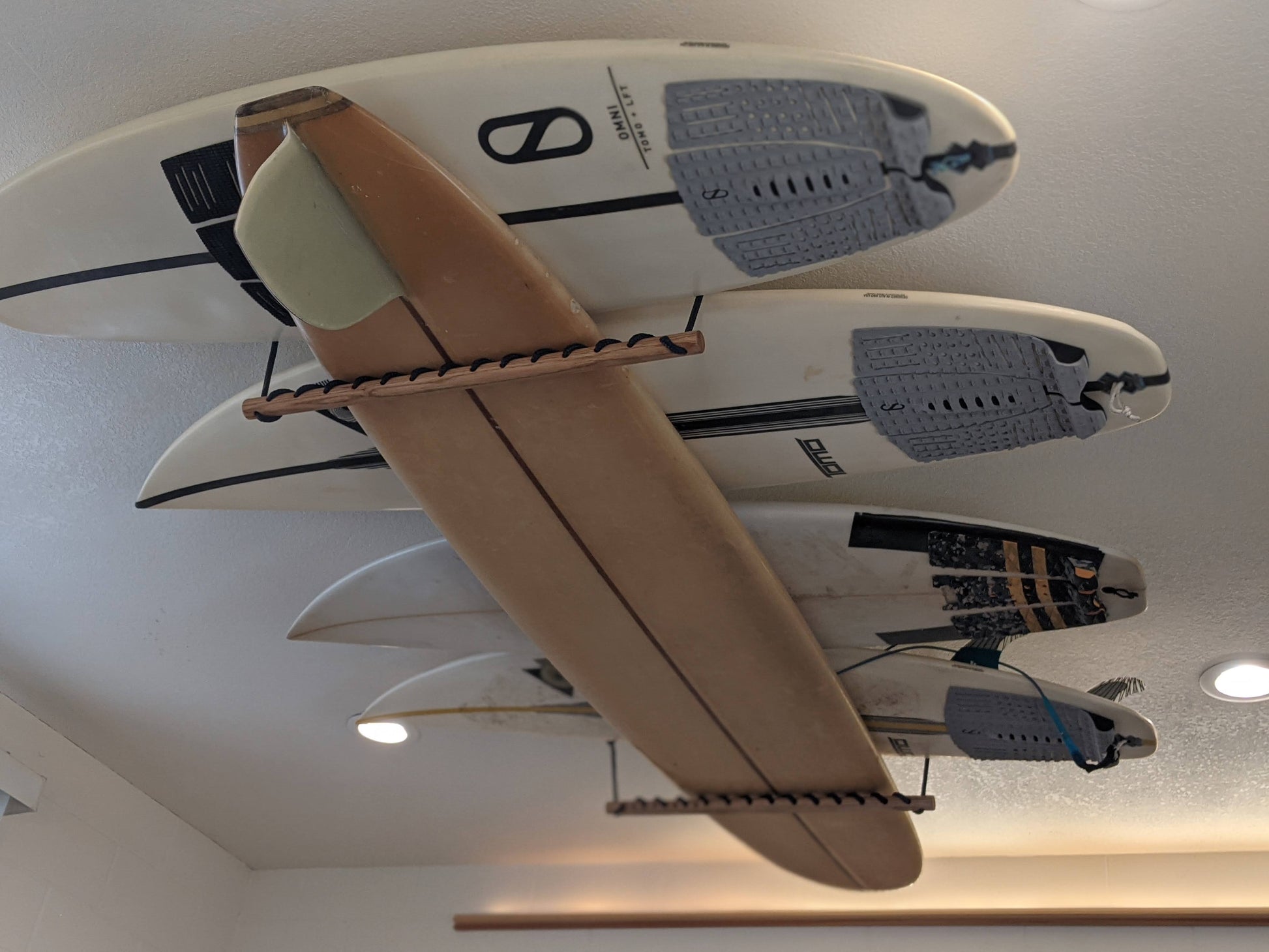
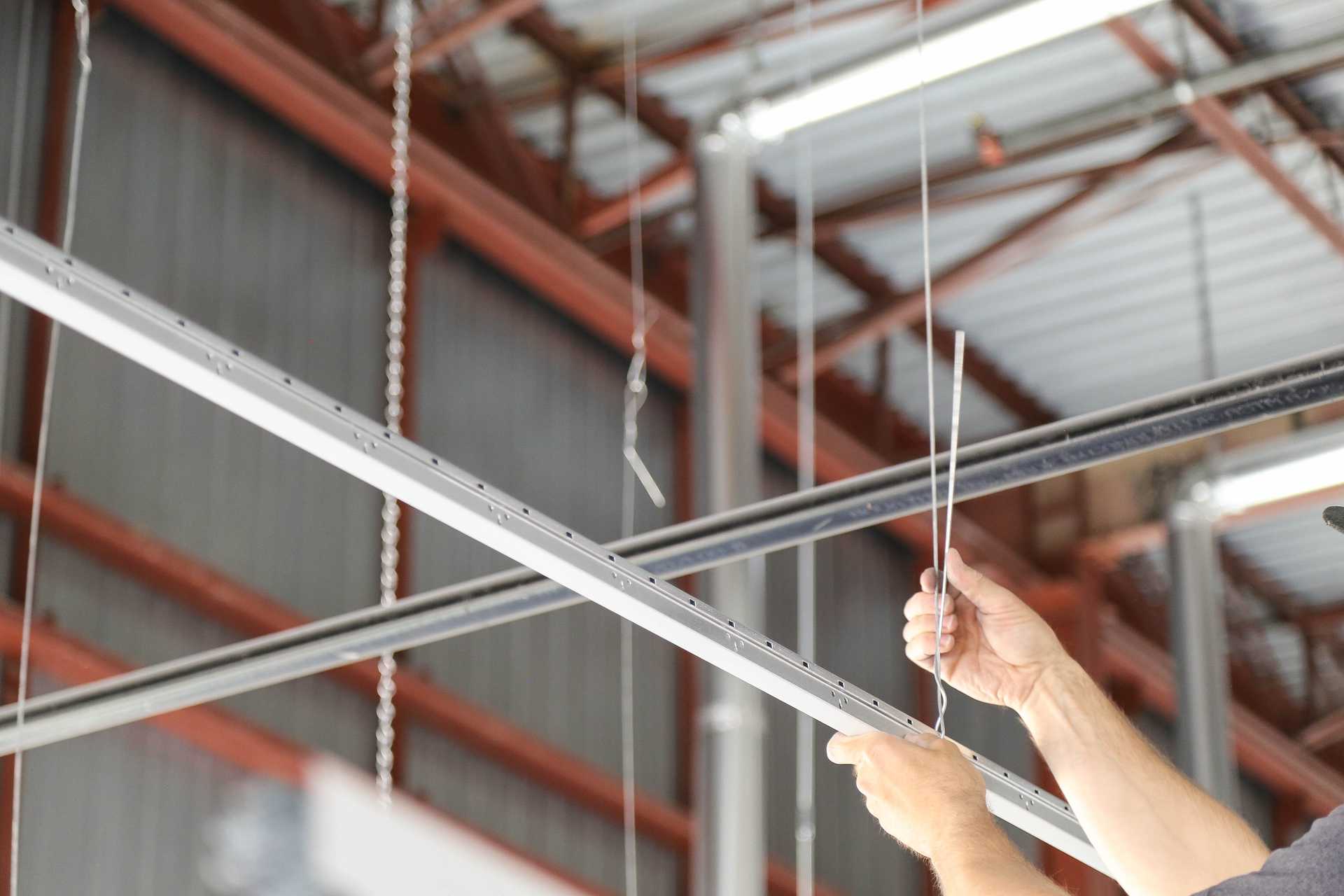

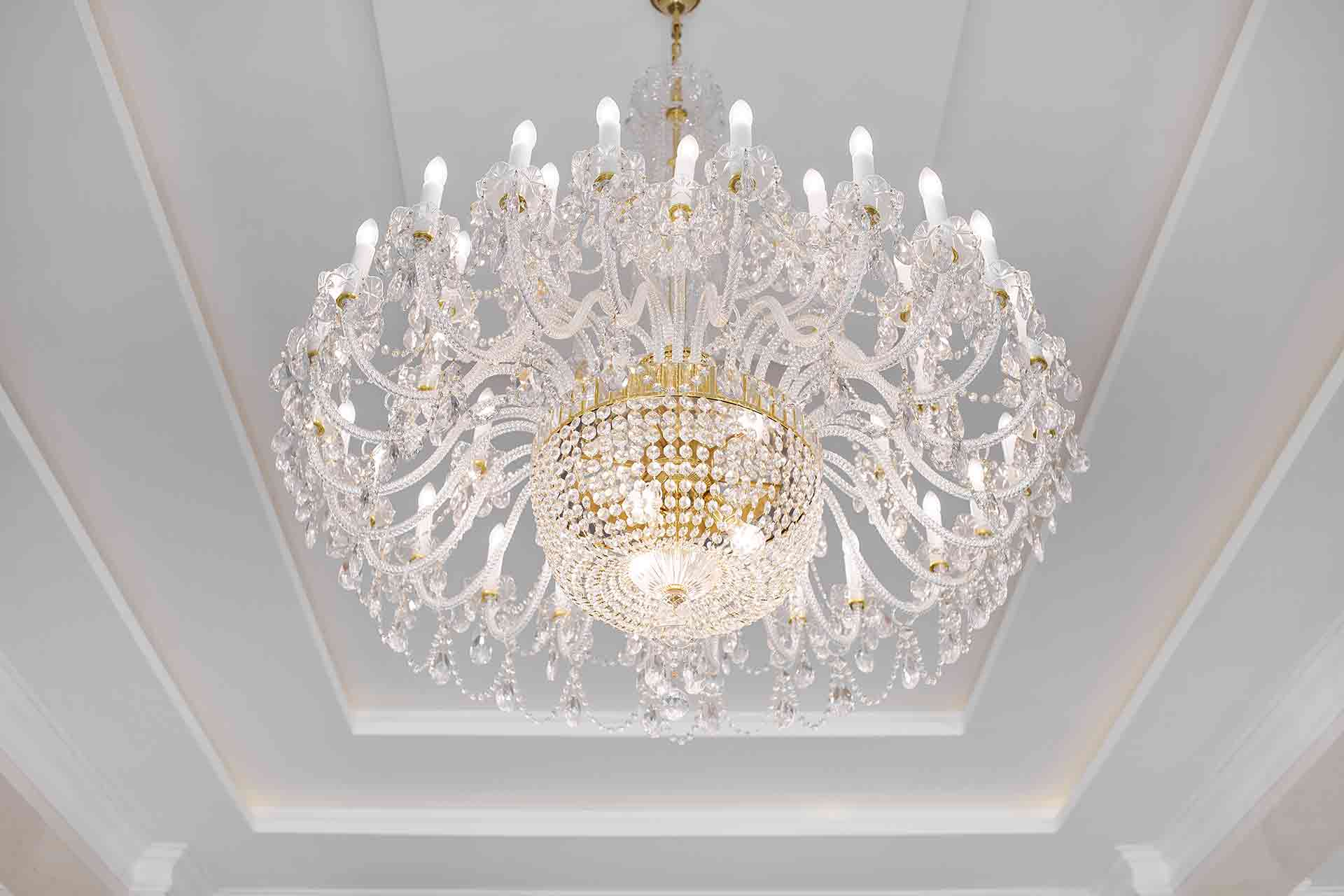

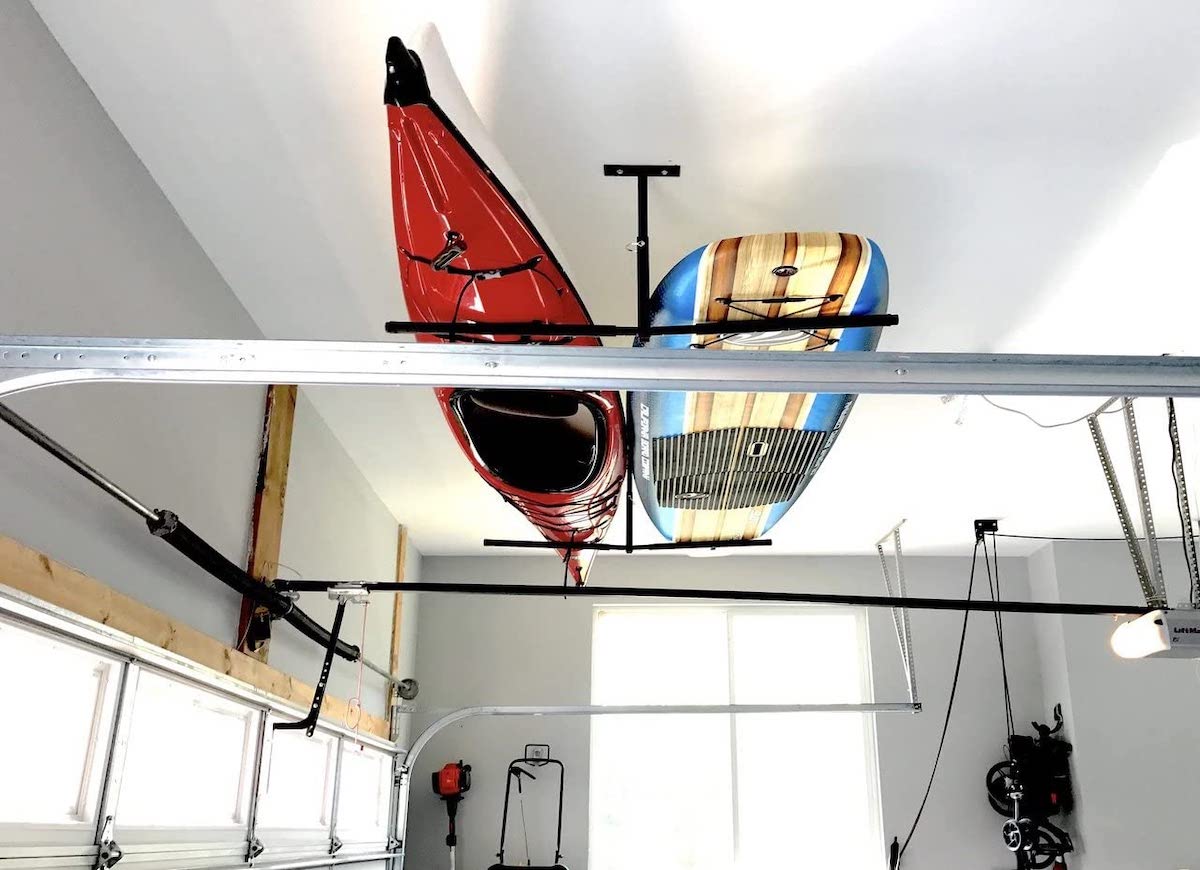
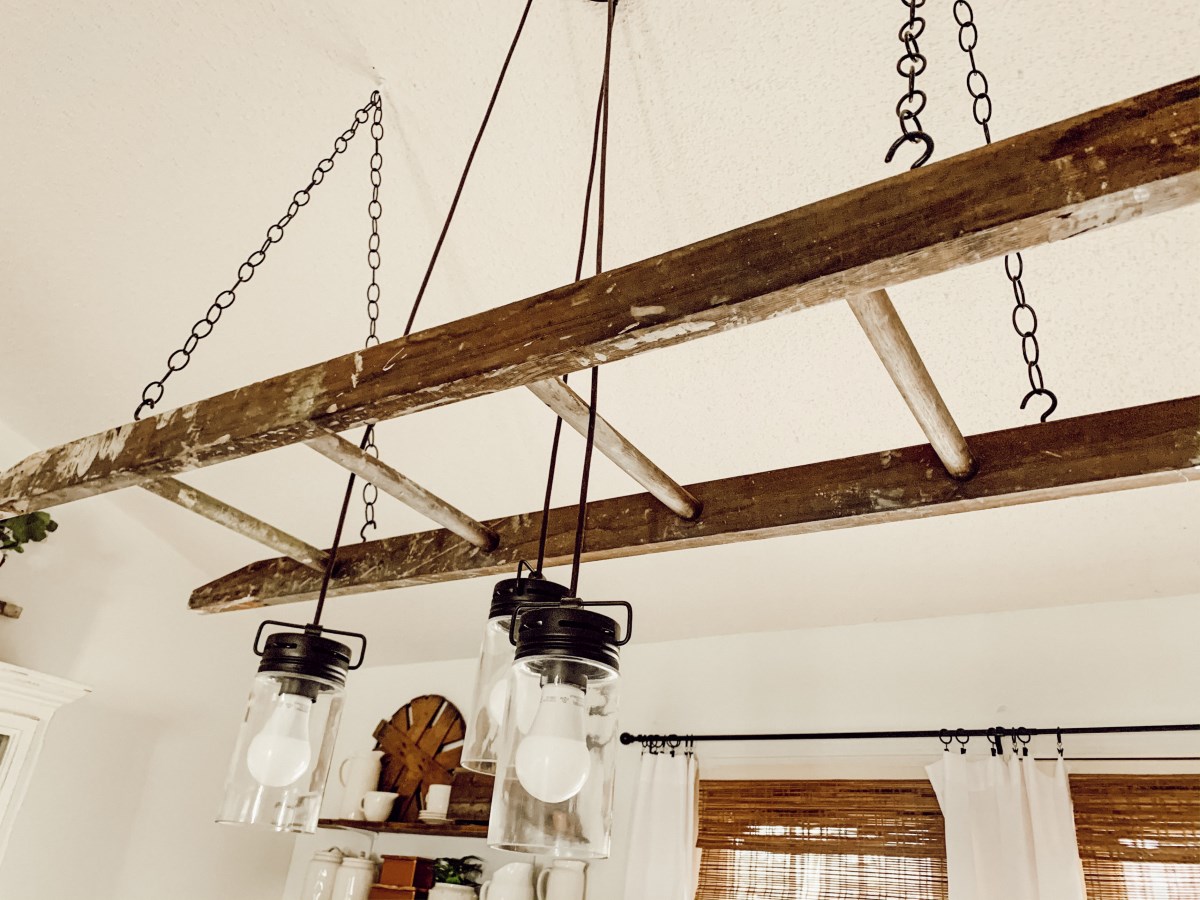

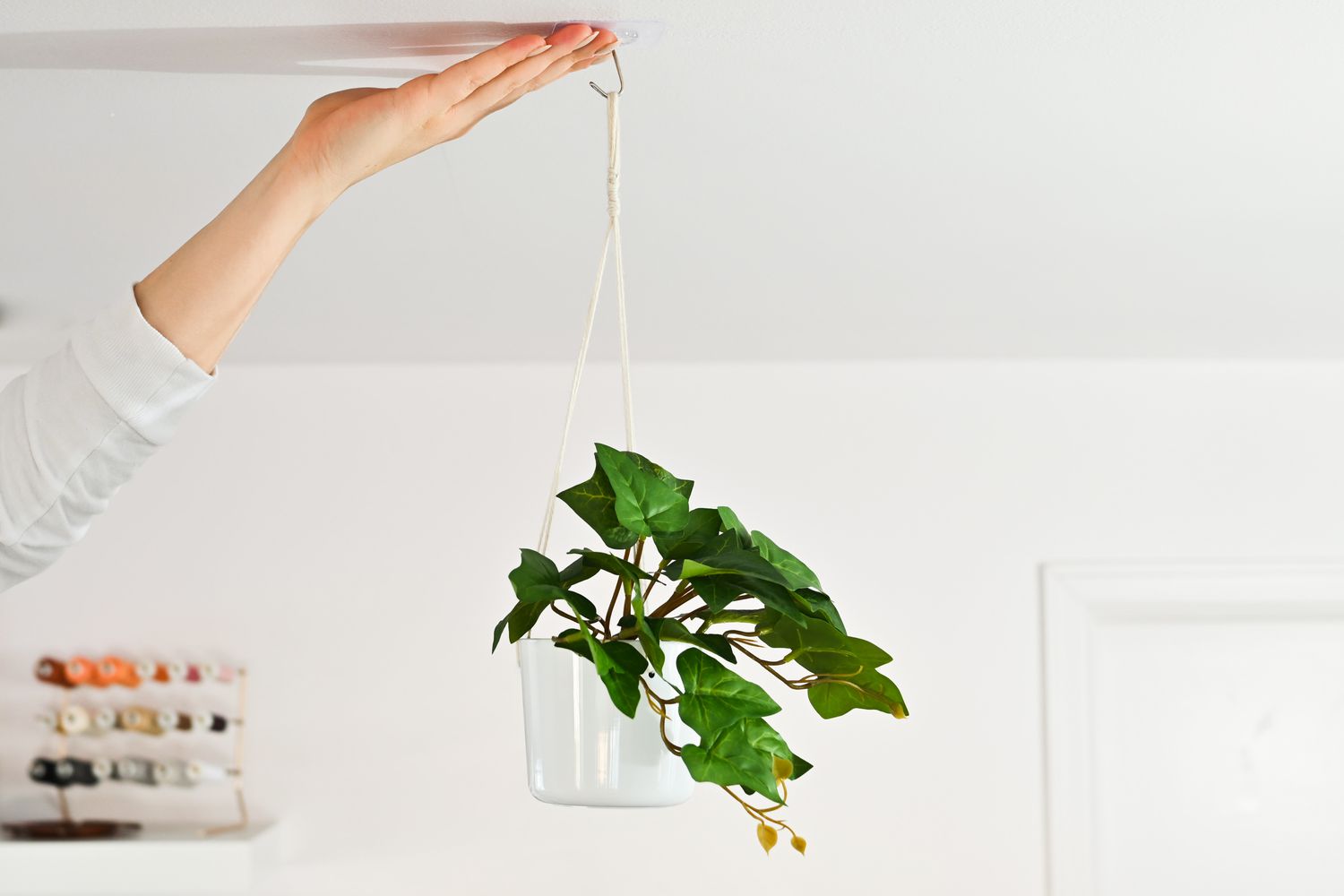

0 thoughts on “How To Hang Hammock From The Ceiling”